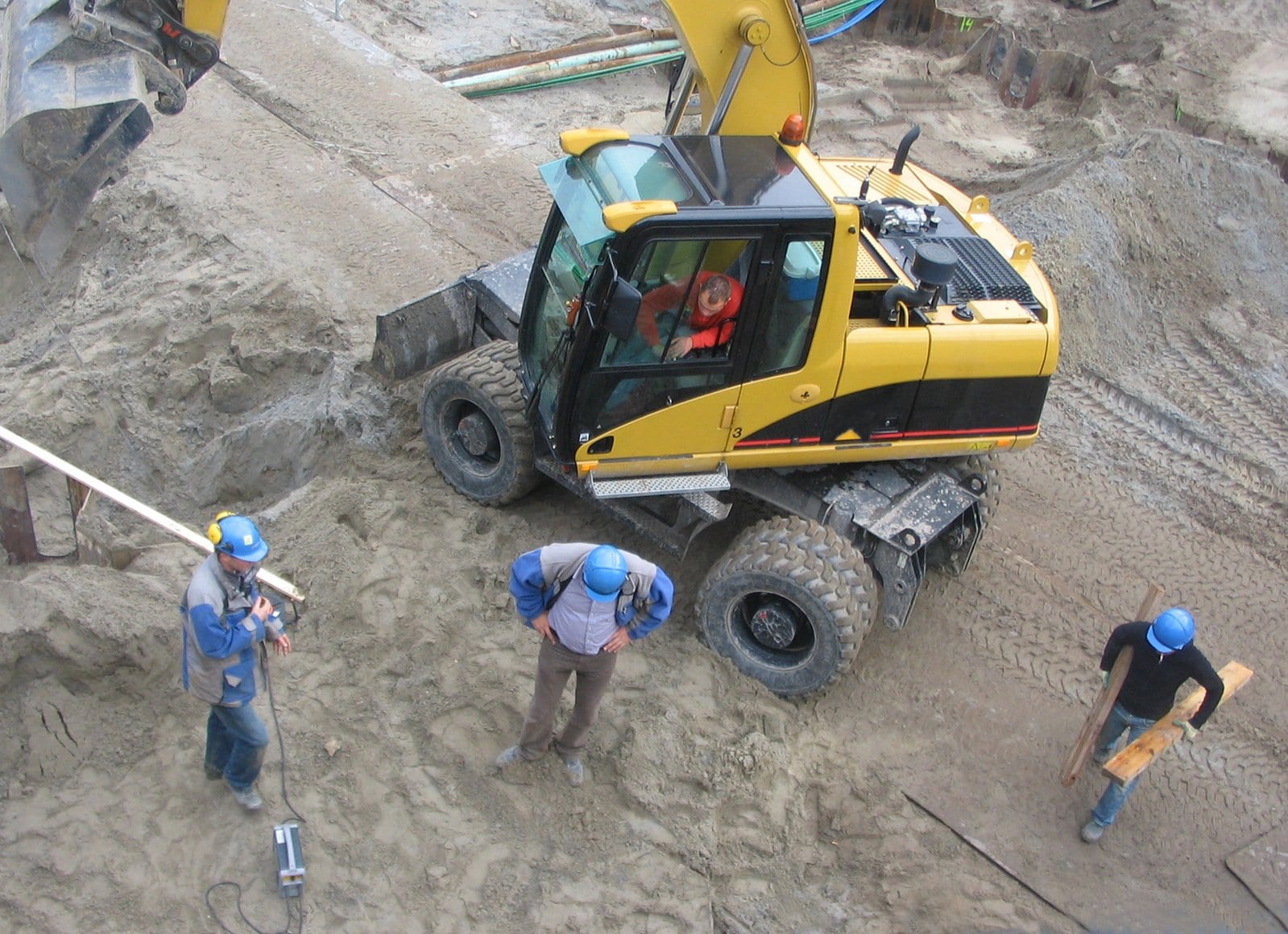Top Mistakes When Spraying Shotcrete
The use of shotcrete is becoming increasingly prevalent as there are more and more applications where shotcrete has distinct advantages over traditional cast-in-place concrete. Not only is shotcrete more durable and less permeable than traditional concrete, it’s also significantly cheaper and can be used in difficult to reach areas where traditional concrete simply can’t be applied.
Shotcrete, or gunite as it is sometimes referred to, was originally developed over 100 years ago and today, contractors use both the wet mix and dry mix methods in construction projects. The primary difference between the two is that concrete has already been mixed in the wet mix method, while the introduction of water at the nozzle is used in the dry mix method to complete the mixing process. In both methods, a skilled nozzleman is required to ensure the shotcrete is applied with the correct amount of additives (for wet mix) and water (for dry mix).
While there is a myriad of advantages over traditional concrete, shotcrete is a delicate art that requires a high level of skill and education. There are many factors that need to be considered to ensure the application of shotcrete is correct and the full range of benefits can be actualised. The most critical aspect of applying shotcrete lies with spraying the concrete onto the receiving surface. Today, we’ve compiled a list of the top mistakes with spraying shotcrete to give you a better understanding of just how difficult the application of shotcrete can be.
Undersized air compressors
Recently, the recommended air compressor size was increased so it’s critical that your compressor can deliver 250 CFM for wet mix and 700 CFM for dry mix. Previously, many contractors were using compressors that could only deliver 175 CFM which clearly isn’t powerful enough and resulted in inferior finishes. Keep in mind that your compressor can never really be too big; all the nozzleman needs to do is either step back or turn down the output.
Incorrect equipment setup
The setup of the equipment is crucial in that the longer the material needs to travel, the more problems are encountered. Therefore, the entire process becomes more efficient when the pump is closest to the nozzle. During the wet mix process, if the pump is too far away from the nozzle, the heat from friction builds and the composition of the concrete changes where the liquid, fines, and cream move to the surface of the pipe while the aggregates migrate to the centre. When the materials separate like this, the end product is naturally substandard.
Nozzleman using an incorrect technique
The nozzleman should always spray the shotcrete at a 90-degree angle to the receiving surface, and the distance between the nozzle and the surface must not exceed 6 feet. The nozzleman should also start spraying in the corners first to reduce trapped rebound. If using a layered approach to shooting, it’s imperative that each previous layer has been properly prepared with substrate before any new materials are applied.
Air temperature too hot or cold
Shotcrete should only be applied when the air temperature is between 50C and 370C. If the air temperature is outside this range, contractors can use either retarding agents or accelerants to circumvent this problem. A common mistake that arises is either applying shotcrete outside of this temperature range, or the crew getting confused with the new ratio of materials. The simplicity of the mix design is better understood when the ratios are unchanged.
The concrete loses strength
One of the benefits of using shotcrete is increased durability and strength, however a couple of factors will reduce this strength such as adding too much water (in dry mix) or waiting too long after the concrete mix truck has arrived (in wet mix). To maintain the proper moisture content, you must always start spraying the materials within 90 minutes from when the truck was loaded, or 45 minutes from when the materials were placed in the dry mix gun. The proper ratio of cement, aggregate, and water is imperative to the quality of the finish.
While spraying concrete through a hose sounds easy, a lot of skill and knowledge is required to ensure the concrete is applied correctly. Many contractors will continue to make the mistakes outlined above, especially using an undersized air compressor, so if you’re interested in using shotcrete for your next project, it’s best to use qualified shotcrete specialists. For any enquiries relating to the application of shotcrete, or if you just need some friendly advice, speak with one of our staff at Evolution Shotcrete by phoning 07 5561 8885.
